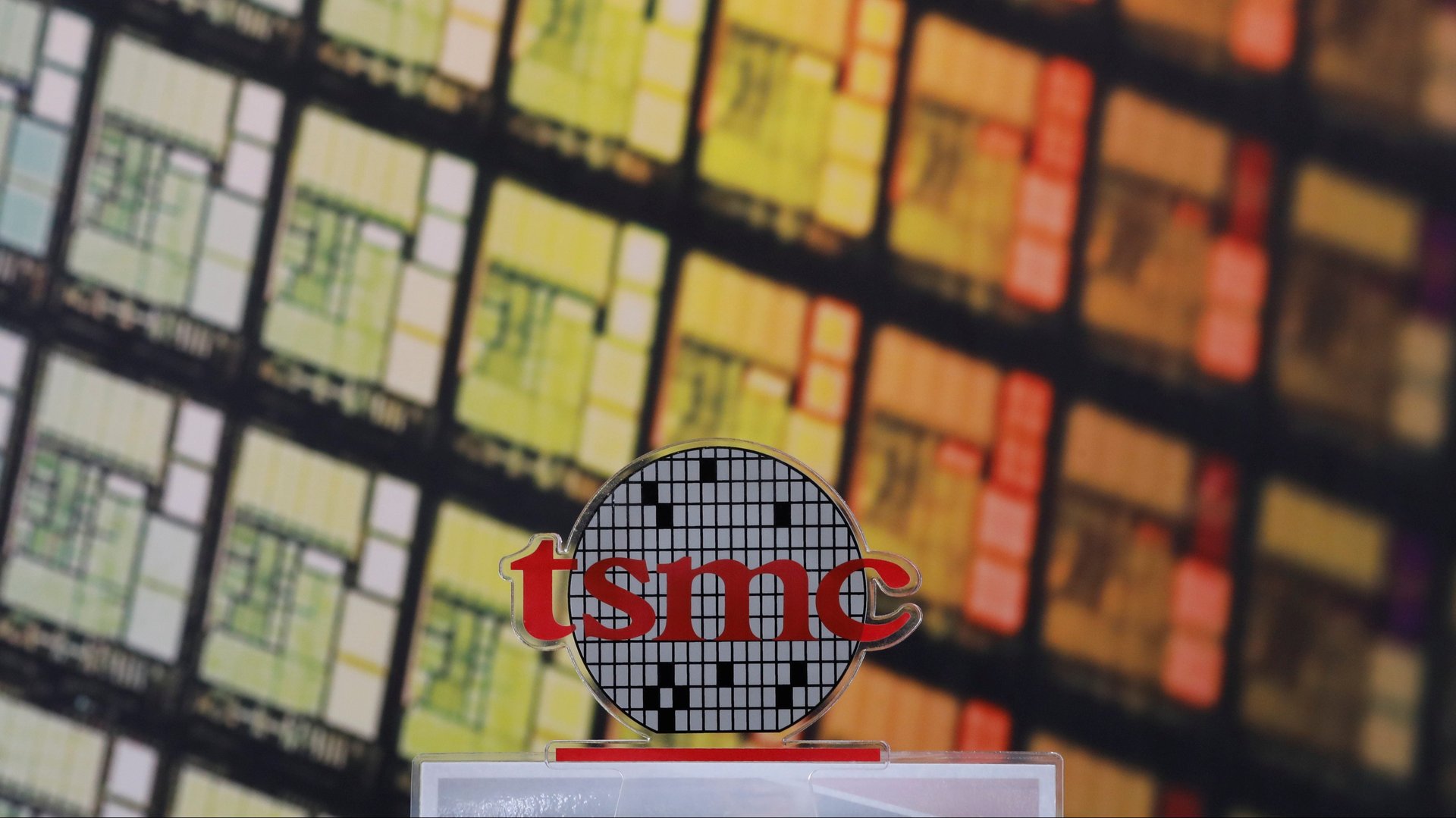TSMC’s great quarter is bad news for semiconductor supply chains
TSMC, the world’s largest semiconductor manufacturer, reported another quarter of record profits, booming sales, and high margins. On a July 14 earnings call, executives predicted the hot streak will last at least through the end of the year.


TSMC, the world’s largest semiconductor manufacturer, reported another quarter of record profits, booming sales, and high margins. On a July 14 earnings call, executives predicted the hot streak will last at least through the end of the year.
That’s great news if you’re an investor betting TSMC’s stock price will go up. But the numbers spell trouble for the broader economy. TSMC’s financial report is the latest sign that the chip shortage and its inflationary impact will likely drag on for at least several more months.
“[O]ur customers’ demand continues to exceed our ability to supply,” CEO C.C. Wei told investors. “We expect our capacity to remain tight throughout 2022.”
TSMC controls most of the world’s semiconductor production, so if Wei says his company’s capacity will be strained, so will the semiconductor market as a whole. Wei also said TSMC is having trouble getting its hands on chip manufacturing equipment because of supply chain disruptions, delaying the company’s plans to expand its manufacturing capacity. Some new assembly lines, slated for construction this year, will have to wait until 2023.
But the call also offered a glimmer of hope that the chip shortage is starting to ease. Wei told investors that supply is catching up to demand in one corner of the semiconductor market: chips made for smartphones, laptops, and other personal electronics.
TSMC posts record-breaking profits, revenue, and gross margins
In a sign that the chip market is still booming, TSMC posted a record $8.1 billion profit in the quarter that ended June 30—roughly two-and-a-half times what the company would make in a typical pre-pandemic quarter.
TSMC’s profits are up in part because its customers’ demand for chips is still ravenous. TSMC’s year-over-year revenue growth hit its highest level since the first quarter of 2020 (which was particularly high because it’s compared to a historically weak quarter of sales at the start of 2019). The company sold $18.2 billion worth of chips last quarter, about twice as much as it did in a typical pre-pandemic quarter.
TSMC’s profits are also up because the company is charging a higher markup for chips than it ever has. TSMC’s gross margin rate hit 59.1% in the most recent quarter, after hovering mainly between 40% and 50% in pre-pandemic years. The company’s high margins are a sign that it still has plenty of pricing power in the market, because demand for chips continues to exceed supply.
The chip shortage is starting to ease for smartphones, PCs, and personal electronics
There is, however, one corner of the chip market where supply has exceeded demand. Wei said semiconductor demand from smartphone makers, computer manufacturers, and other companies that sell consumer electronics is starting to fade thanks to rising inflation and recession worries. TSMC and other companies have produced too many chips for personal electronics, and Wei predicted it would take at least until 2023 to sell off the glut of chips on the market. The excess supply could help bring down prices.
In the meantime, TSMC plans to repurpose assembly lines dedicated to smartphone and laptop chips and put them to work making chips for cars (a sector still suffering from a scarcity of chips) and data centers (a sector that is expected to grow whether or not inflation and a recession force average people to cut back on personal spending).